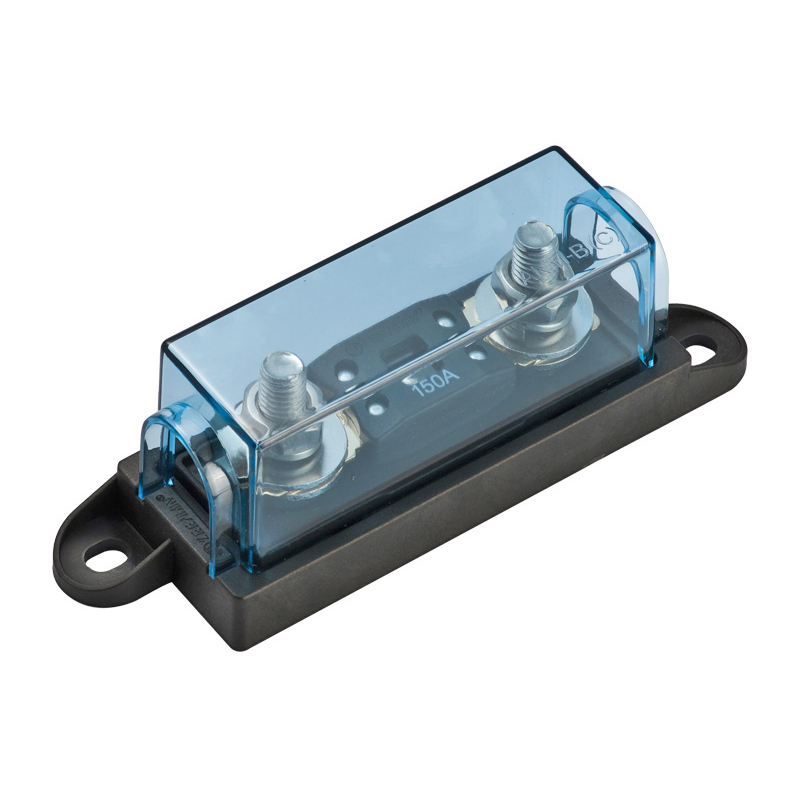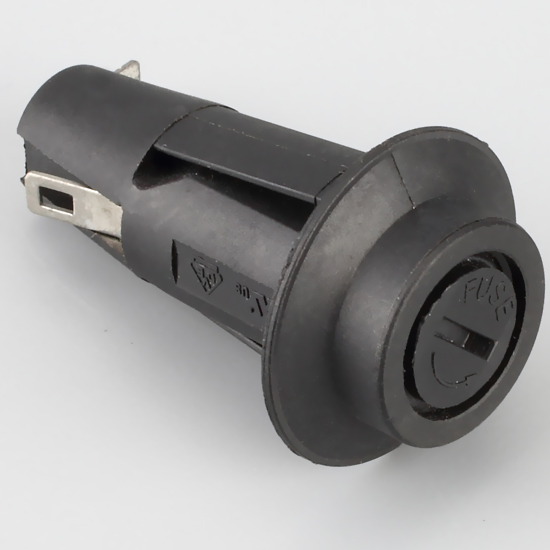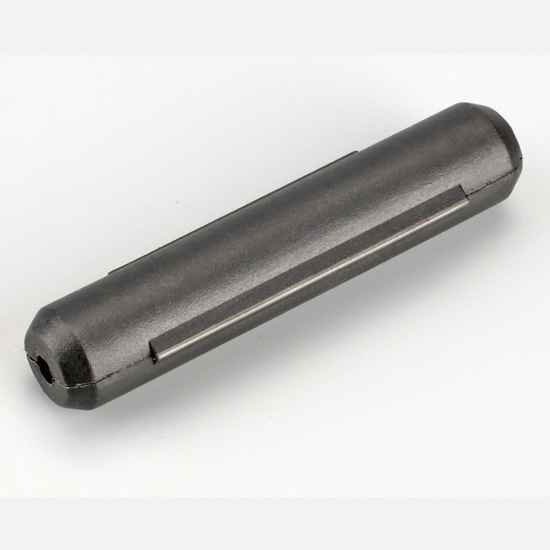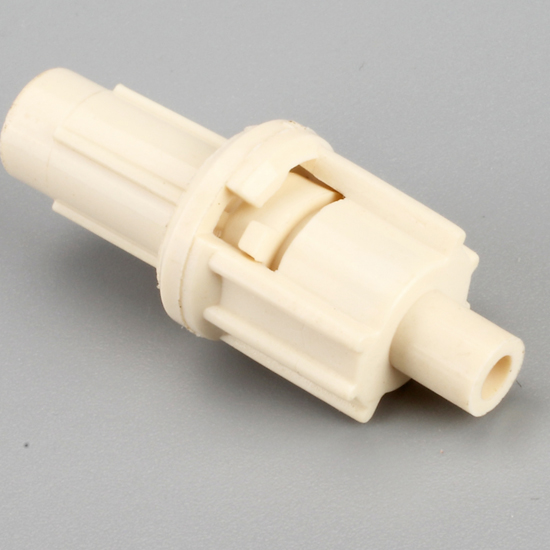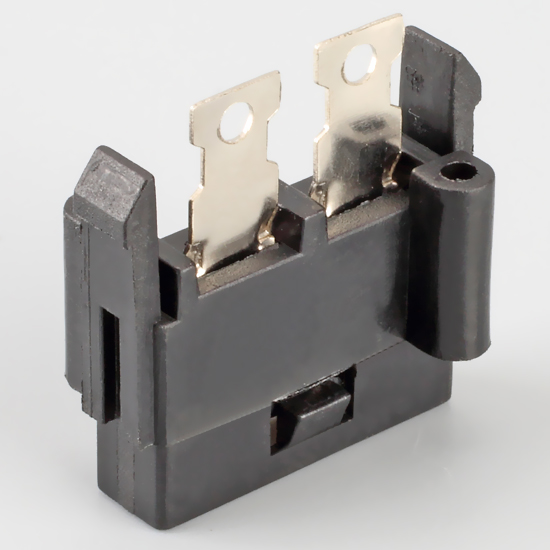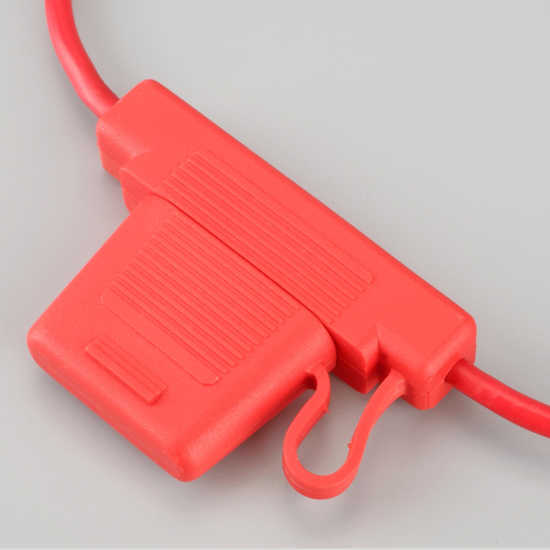This paper will introduce the detailed classification of tubular fuse in fuse holder and the popularization of basic principle.
First, the classification of tubular fuse is introduced:
(1) according to the using area points: due to the different starting point of the industrial development of various countries and various areas all over the world and experience, has the design and application of small tube fuse still exist great differences, have been recognized by international comparison of mainly has: the European specifications: north American specification: Japanese specifications: other specification only in limited within the scope of application.
(2) according to the fuse characteristics: according to different application requirements, the same type of fuse is designed into a variety of different fuse characteristics, which can be divided into: fast fuse and slow fuse two categories, and then subdivided into express fuse: medium speed fuse and super slow fuse, etc.
(3) according to the breaking ability: from the fuse can safely break the size of the maximum current, the fuse can be divided into: high score and low break two categories and between the two to enhance the breaking ability of the fuse.
(4) by shape size: tubular fuse shape size has a lot of kinds, the most commonly used have: phi 6X30(3AG);Phi 5 x20;Phi 4 x15 ag (2);Phi 3 x10.Phi 2 x7, etc
(5) according to the structure type: tube fuse end cap and melt welding connection there are two categories, they are: tube welding and tube welding.
(6) by connection mode: fuse connected to the circuit to the way two categories: directly welded to the circuit board (known as PGT type) and through other connector connection.
(7) other classification: according to the application scope to divide, tubular fuse can be divided into industrial electrical appliances and household electrical appliances with: by the application industry to divide, tubular fuse can be divided into meters with, communication with, power supply with, lighting with, car use, etc.According to the position of the fuse connection in the circuit, there are primary and secondary fuses.
After the classification, we will introduce some basic principles of fuse:
(1) structure:
The most commonly used in the electric passing current protection element is the small tubular fuse, it is composed of two major parts of the tube body with metal connection terminals at both ends and the metal melt in the tube, the role of the shell part is to support and connect, most of the fuse is cylindrical, that is, called tubular;Key functions are determined by the internal melt.
(2) function:
In series in the circuit the fuse is generally requires its resistance to small (smaller) power consumption, so when the normal work of the circuit, the fuse is only equivalent to a wire, can be stable for a long time of use: due to the power supply or external interference current fluctuation occurs, the fuse is able to withstand a range of overload, only when the circuit in the larger, fault or short circuit, overload current, the fuse will only action, by interrupting current to protect the safety of the circuit.
(3) principle:
When the fuse is energized, the heat generated by the current conversion will cause the melt temperature to rise. When the normal working current or overload current is loaded, the heat generated by the current and the heat emitted by the radiation, convection and conduction of the melt, the shell and the surrounding environment can gradually reach a balance.If the heat dissipation speed cannot keep up with the heating, the heat will accumulate on the melt part by part, making the melt temperature rise, once the temperature reaches and exceeds the melting point of the melt material, it will melt, thus disconnect the current, and play the role of safety protection.
As an additional topic, how to choose a fuse?What are the critical factors?Some factors for selecting a fuse will be listed next, and some parameters for specific factors will be described in later sections.
(1) rated current
(2) rated voltage
(3) ambient temperature
(4) electrical step-down/cold resistance
(5) fuse characteristics: overload capacity, time/current characteristics
(6) breaking ability
(7) Melting heat energy value
(8) Durability (longevity)
(9) Construction feature: contour/size, installation form
(10) Attending security certification
You May Like
Post time: Aug-23-2019

